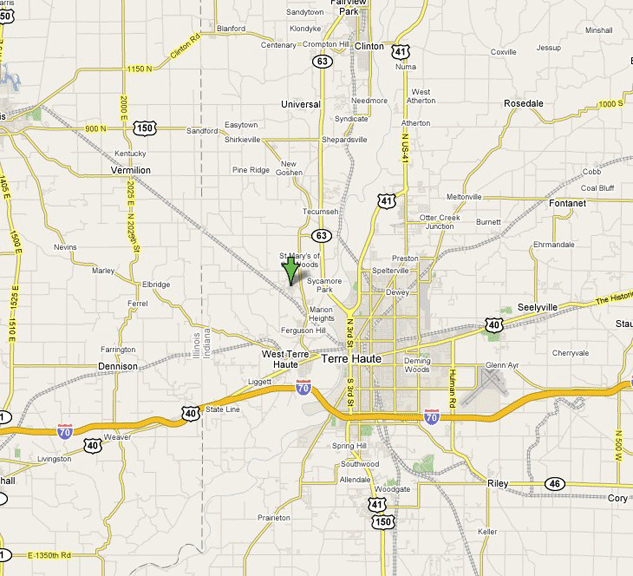An Auction: The Dust Settles in Indiana
- by Bruce E. McKinney

For a few hours Terre Haute was the epicenter of the book world
By Bruce McKinney
Beginning on August 9th and continuing through the 12th the Robert J. Brown Company of Indianapolis brought to conclusion the long considered sale of material owned by the Sisters of Providence and St. Mary of the Woods College. The sale raised more than $500,000 but final numbers have not yet been disclosed. The event took place on the campus they share in Terre Haute. Books were the featured item offered on the first day, followed by coins, furniture, painting, antiques, and a remarkable array of nun dolls over the next three.
The decision to sell was not casually taken. Three years ago these two organizations began to evaluate what they owned, their condition and appropriate insurable value. What they learned was gratifying and cautionary. They had extensive important holdings that required professional conservation, in some cases restoration and in many cases, more formal controls going forward. This then lead to the decision more than a year ago to part with items not central to their social mission. To handle the dispersal they hired Robert J. Brown of Indianapolis who arranged and conducted the four day sale on campus.
In the three months leading up to the sale the auctioneer took pains to learn how to describe material in sufficient detail as to be visible and understandable to bidders viewing the sale on the internet. This was important because much of the material was obscure and some of it valuable. From the outset the expectation was that, to provide the institutions a successful outcome, the auction house would need to reach beyond the local marketing venue, in this case the Terre Haute Tribune-Star. In May the firm contacted us for a tutorial on cataloguing books. They prepared a modest printed catalogue and an on-line presence and advertised in state, regional, antique and collector media. The result was cataloguing-light but the financial outcomes later proved to be quite strong. The cataloguing suggested potential bargains but ultimately the enthusiastic crowd ensured serious bidding.
The structure of the bidding was unusual with every lot starting at $1,000 and the bid quickly falling until reality intervened. In this way some bidders opened the bidding a bit high and bought lots without attracting other bids. Another aspect of the bidding was uniquely Indiana. Bidding on sets was "per volume" so if a set was five volumes and you were bidding $100 you were going to pay $500. It was more like Alice's Restaurant than Alice in Wonderland. This form of bidding is not the norm in the book auction business. Let's hope it doesn't catch on. In any event, some people bidding got an education if not a bargain.
The sale was also unusual for permitting browsers to "pick for bidding," subject to a $50 starting price, material from the more than 2,000 un-catalogued books and sets. Only about 160 books and sets were catalogued so close to 95% of all books offered were available for picking. Ultimately only a few items were sold in this way though and even some material set aside by prospective bidders did not sell when hoisted for sale. Someone either dozed off or woke up. The remaining material was sold by the shelf and in some cases by the pile. In an act of mercy the auctioneer did not sell them by the inch. These lots brought $15 to $325. If there were some gems among the debris nothing has surfaced yet. Bidders are no doubt still relishing their purchases.